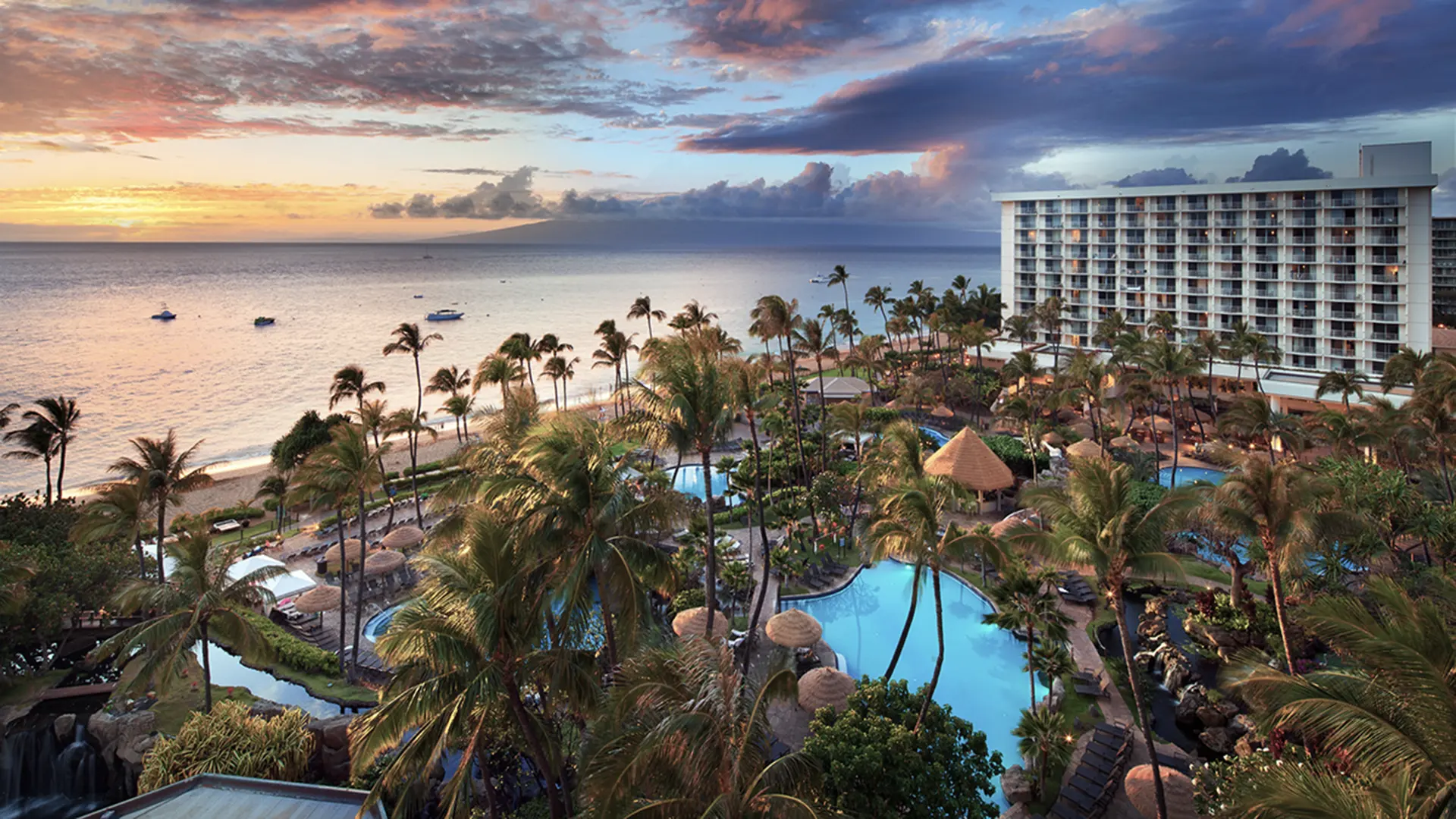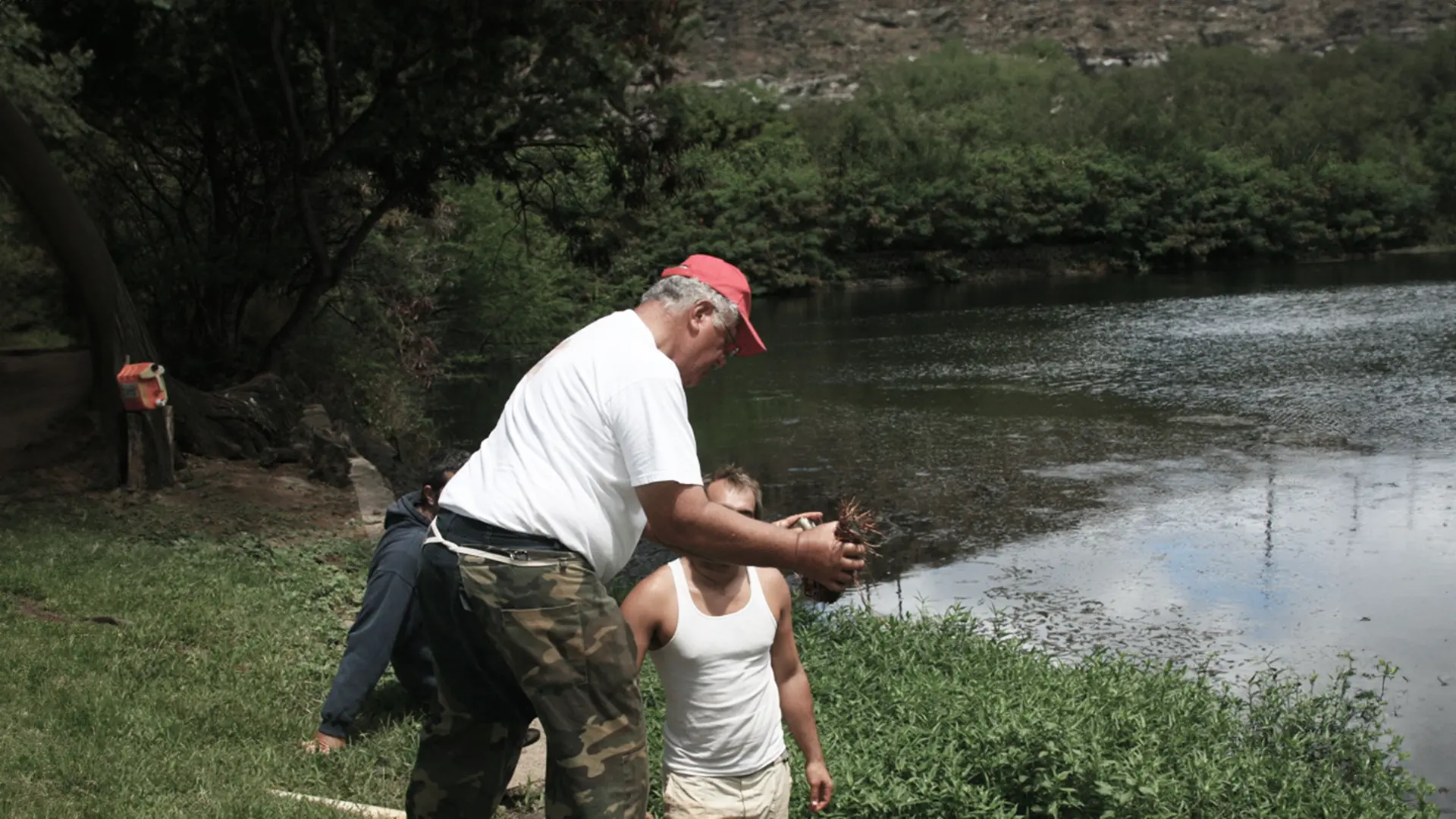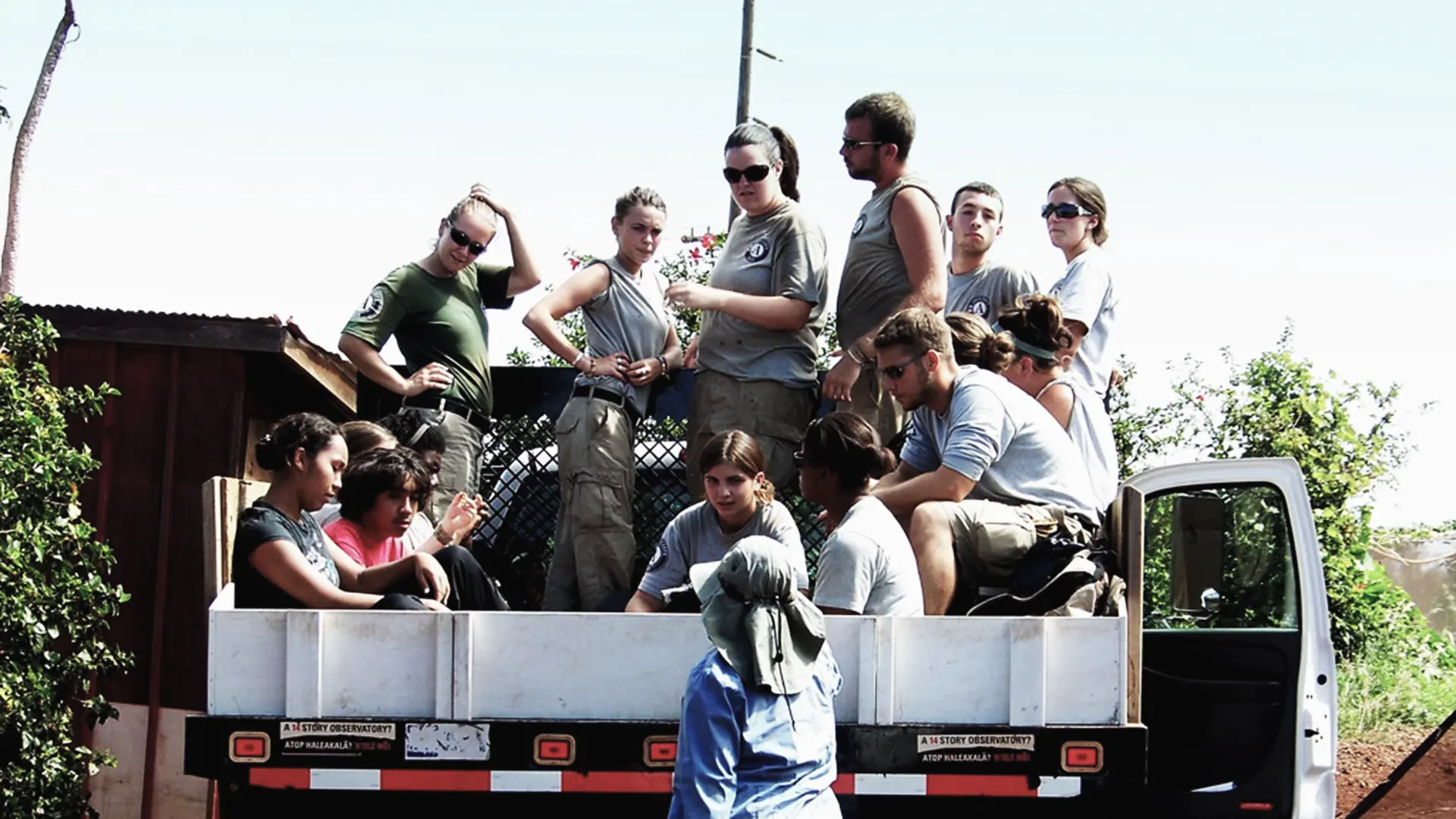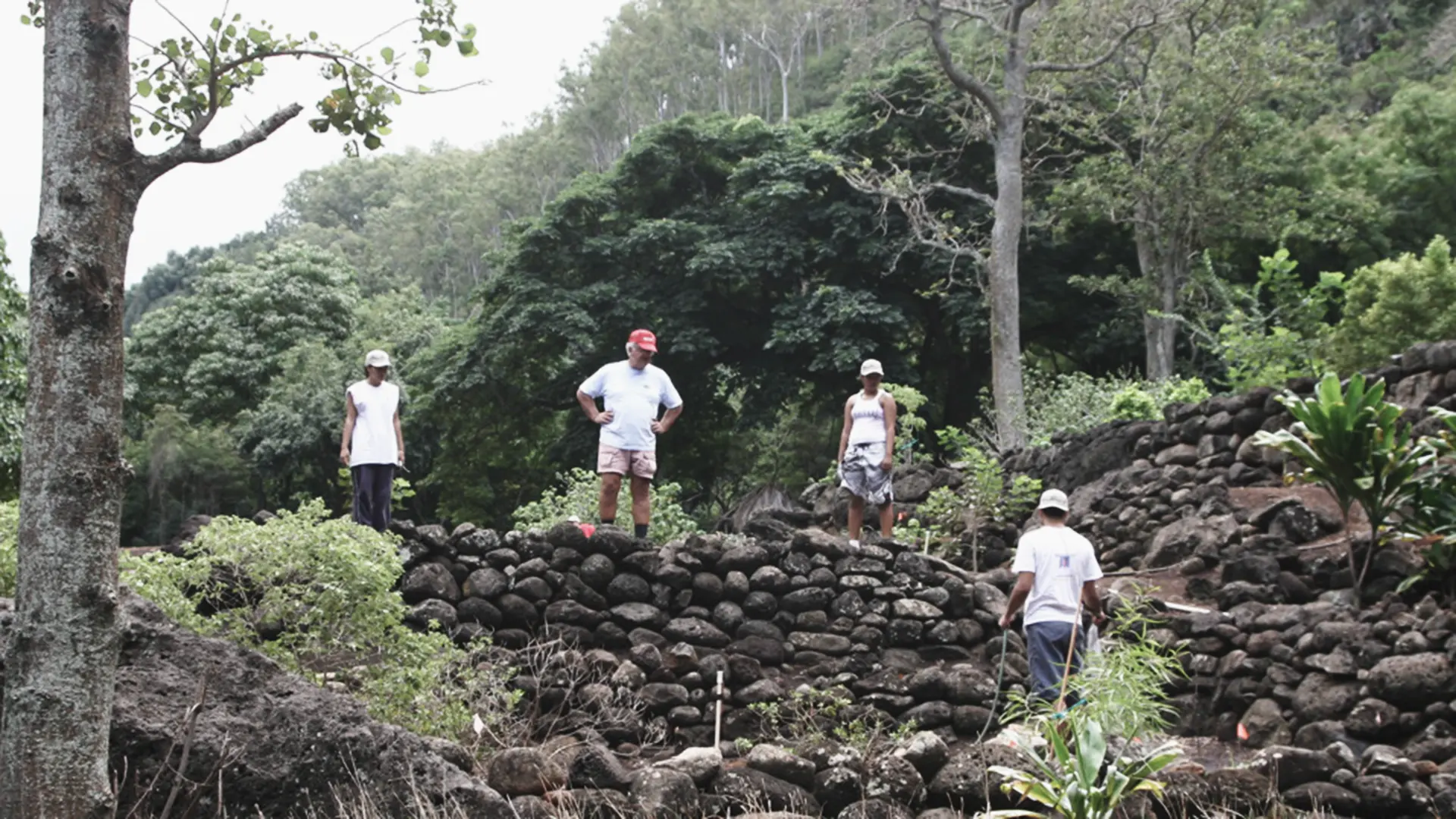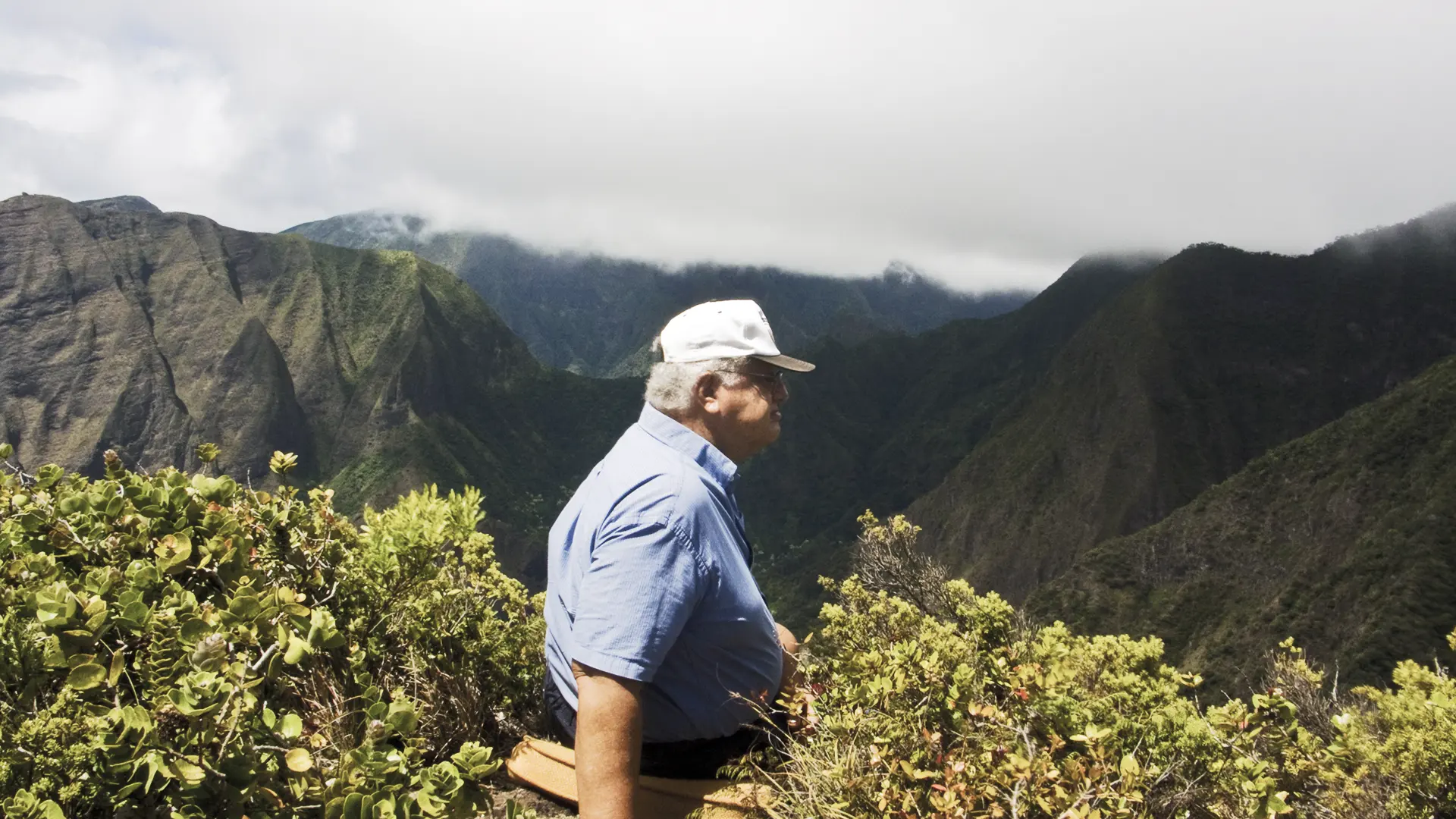Words by Lark Omura •Photos by Ray Mangan •Maui Weekly •May 22, 2008
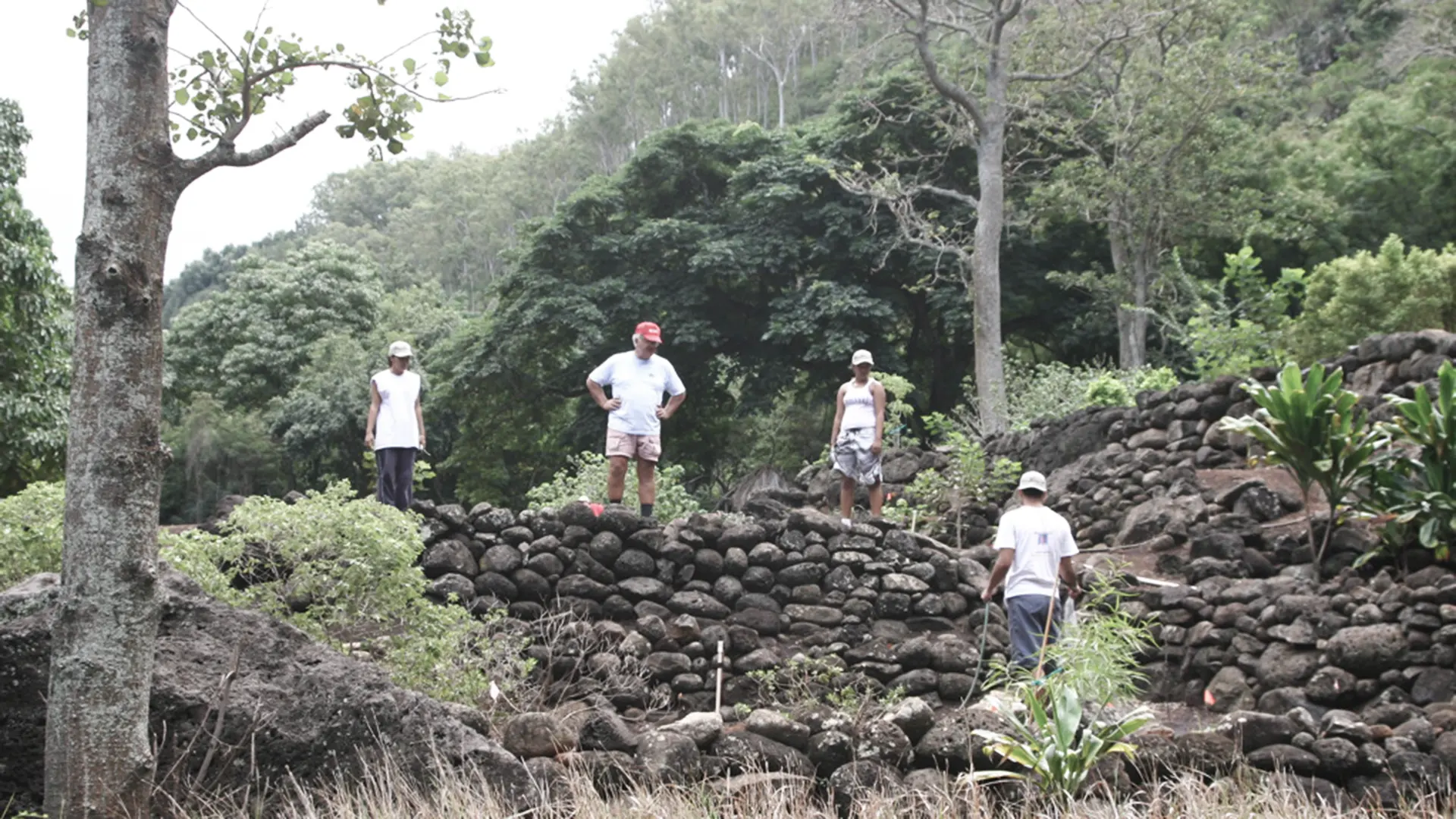
Project Malama Honokowai is focused on restoring the ancient home of a flourishing Hawaiian community over 500 years ago.
“Here’s a challenge if you’re an engineer,” says Kupuna Ed Lindsey, director of Maui Cultural Lands Inc. (MCL) “Build something, shut it down for 500 years, open it up, and it’ll still work.”
Lindsey knows this is possible; he’s seen it happen, deep in lush Honokowai Valley. This area, on the West Side of Maui, was home to a flourishing ancient Hawaiian community over 500 years ago, but was overgrown and forgotten as western society moved in. The valley and the village within it are now being uncovered, only to reveal a sophisticatedly simple lifestyle of sustainability and living off the land.
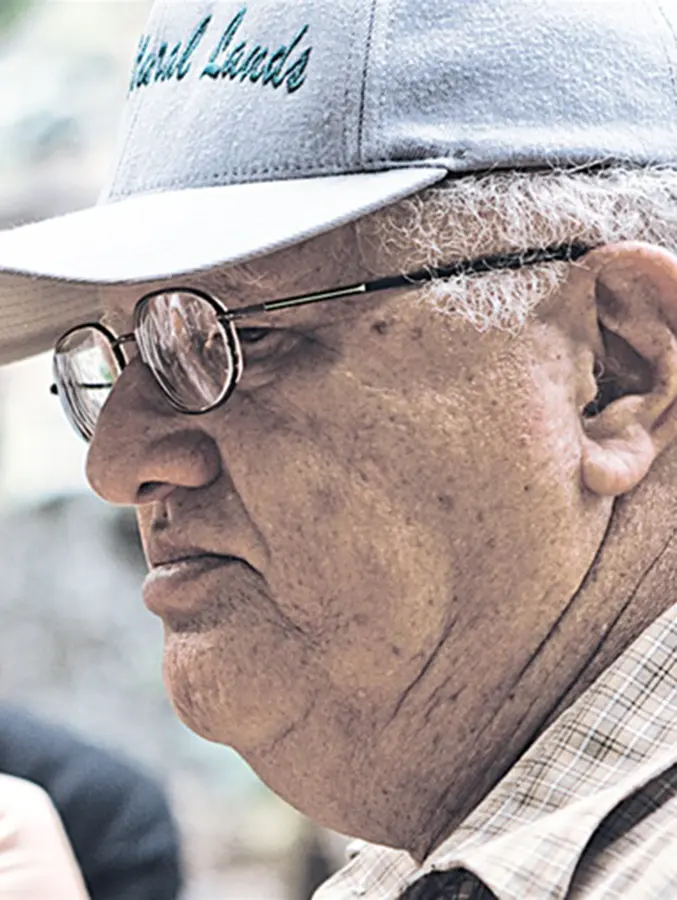
Ed Lindsey
He shares his knowledge of a cherished Maui treasure. Ed Lindsey heads Maui Cultural Lands, Inc., a grassroots organization. Photo: Ray Mangan

MCL, headed by Ed and Puanani Lindsey, is a grassroots organization made up of volunteers from all over the island whose aim is to “stabilize, protect, and restore Hawaiian cultural resources.” They officially began Project Malama Honokowai in 2000, when Ka’anapali Development Corp. agreed that MCL could begin working on the land.
Each Saturday, a small group of volunteers ventures into the valley to help clear away debris and undergrowth to uncover what’s been left behind. The stunning results so far are the product of the sweat and labor of hundreds who’ve visited and put work into this special place.
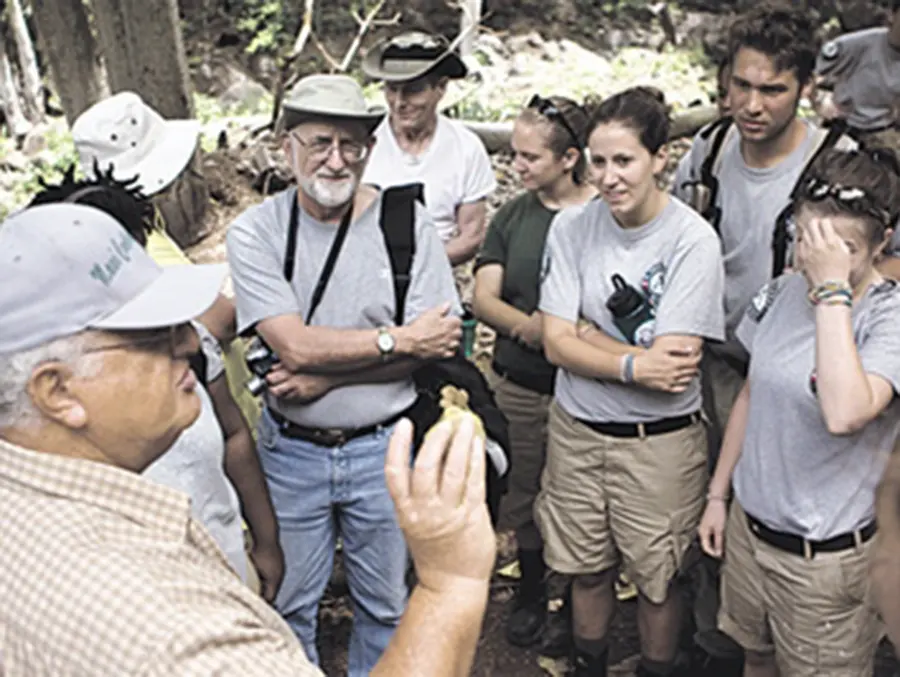
Volunteer
Every Saturday, a crew of volunteers goes to work and learn in Honokowai Valley. Photo: Ray Mangan
Today, areas that used to be acres of overgrown bushes and weeds are host to native plants and sturdily built rock walls that have stood the test of time. An ancient heiau (place of worship) and what were once family living quarters can be seen now that loads of invasive plants and brush have been lifted away. Nothing has been moved or rebuilt, however; the rock walls that are still standing have held their shape for hundreds of years.
“The rock walls don’t have to be straight,” Ed says. “If there’s a big boulder in the way, they incorporate the big boulder as part of the wall. You follow the contour of the land.”
And by following the land, the land will teach, something the ancient Hawaiians understood well. They used their surroundings and what existed in nature to create a fully functional and sustainable society.
“This is a self-sufficient area,” Ed says, pointing out plants used for medicine and sweet potato patches built for natural irrigation and sun exposure. “Food, clothing, housing, transportation, medicines, dyes, water, tools… everything that humans need came from plants or stone.”
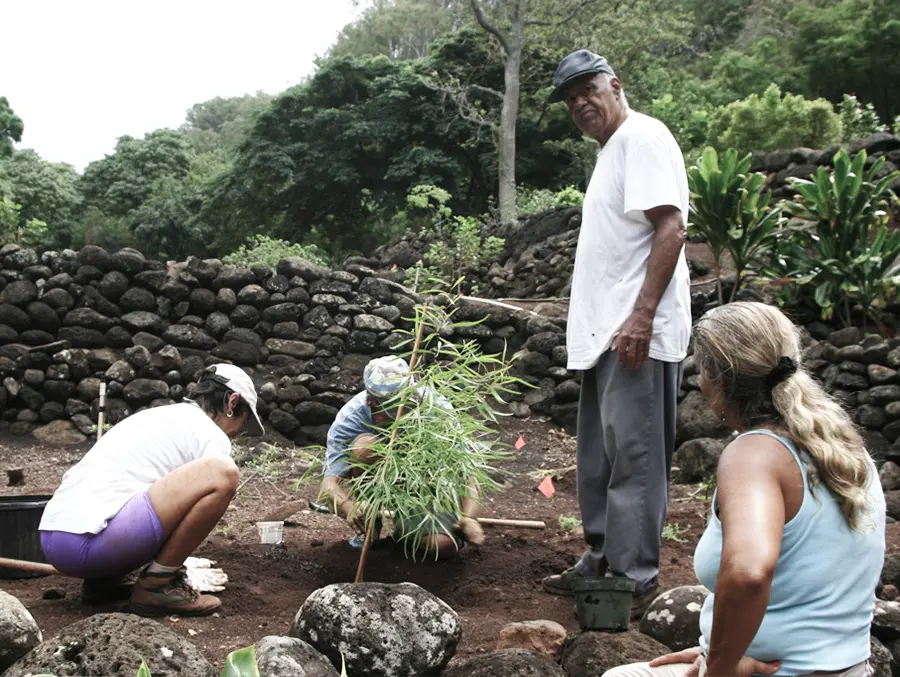
Project Malama
Food, clothing, housing, transportation, medicines, dyes, water, tools… everything that humans need came from plants or stone.
With Hawai’i aiming at a future of sustainability, Honokowai Valley offers valuable lessons in living off the land. Kalo and potato patches that self-irrigate offer an interesting perspective on water conservation, and many native plants can be used for medicinal treatments for a variety of ailments often treated with western medicine. The concept of “biodynamic gardening,” in which all the waste from plants and weeds goes back into the earth, helps the environment flourish and feed on its own natural fertilizers.
Aside from getting their supplies from nature, Hawaiians relied on their observations of nature to learn about life. Living off the land provided a vast education on botany, astronomy, physics, and much more.
“Without the use of the scientific method, the Hawaiians were able to name plants and their families with 98 percent accuracy, just by observation,” says Ed. “… As we get into the plastic society, we lose that which is natural. Hawaiian people had names for winds, rains and rainbows, and different parts of the ocean. It’s far more complex than what we…’civilized people’ have. Because they had to be connected with nature.”
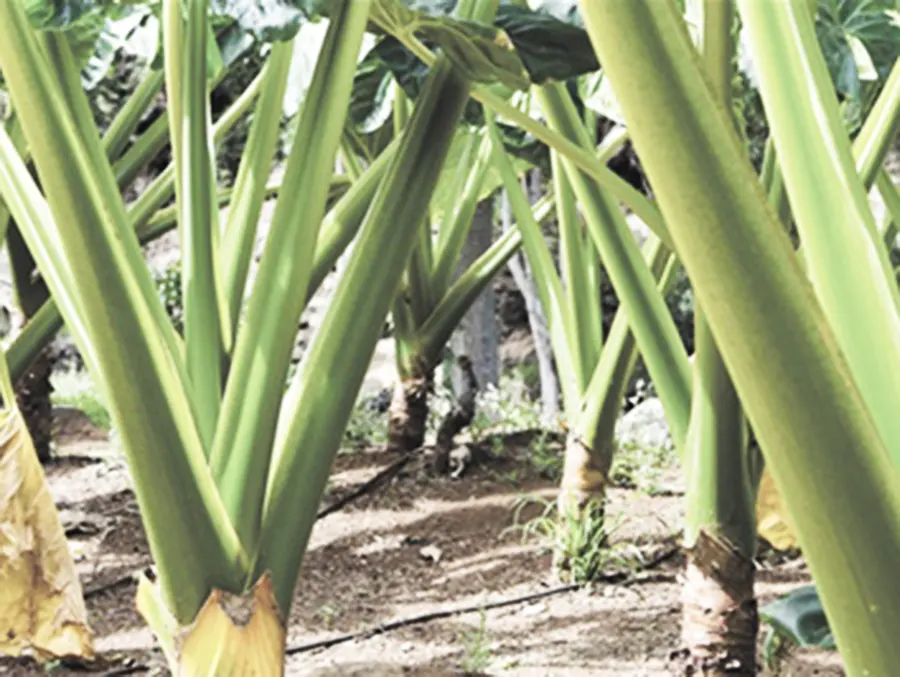
Self-sustainability
"This whole area is an example of self-sustainability, and this is where the future needs to go," says Ed Lindsey. Photo: Ray Mangan
It’s enough [work] for five lifetimes. I’m not going to be around for the final goal. All I’m doing is pointing the ship in the direction that it needs to go, and this can serve as a model for people throughout the islands to do similar things.”
The restoration of Honokowai Valley and inspiring work done by MCL can serve not only as an example for the state, but also set a worldwide standard for preserving and protecting indigenous cultures and sites. In learning from what the ancient Hawaiians left on the land, “we’re going back into the past so we can move ahead in the future,” Ed says.
The volunteers meet on Saturday mornings at 9 a.m. at the Pu’ukoli’i Sugar Cane Train station parking lot in Lahaina. For more information about Project Malama Honokowai, visit www.mauiculturallands.org.
Lark Omura is a student at Maui Community College. Ray Mangan is a recent MCC graduate. They visited Honokowai Valley as part of their Journalism 205 class.
Copyright © 2007 The Maui Weekly.
Related Posts


